Glaciers Adrift: Climate Change Comes to Nepal

KYANGJIN GOMPA, Nepal — Deep in the Himalayas, far from factories and industrial infrastructure, lives Rinjin Dorje Lama. From early in his childhood, he has been watching the world’s weather change from his doorstep.
Although many Nepalis in the mountain range have contributed little to climate change, they experience it most drastically. When Lama was young, the Lirung glacier touched the periphery of the monastery where he lived. Now he must trek more than a mile to reach ice, with a hotter sun on his back.
Scientists contribute the change to the “Asia brown cloud” — pollution from fossil fuels and deforestation. The toxic air floats northward, affecting remote and often rural areas of Nepal and Tibet. Glaceriers melt, gushing into numerous ponds and lakes. Although the region’s meltdown speaks salvation to Asia’s water-starved, those living in the area fear flooding and exploitation. Experts are quick to warn that, however profuse, the supply in the end remains finite.
“There will eventually be a tipping point where the amount of water from the glaciers is hugely reduced, which will result in loss of water resources for people downstream who rely on these Himalayan-fed rivers,” says Sandeep Chamling Rai, World Wildlife Fund climate change officer.
Lama concurs. “I am very worried, but what can we do. We are not contributing to global warming but we feel its effects. I am scared there will be no snow and ice in these mountains within the next 15 years.”
Read more here.
Source: Associated Free Press


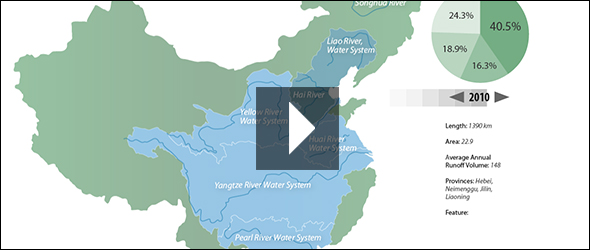
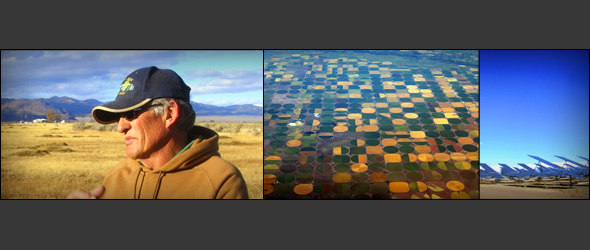
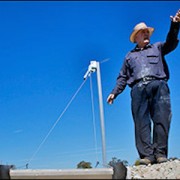
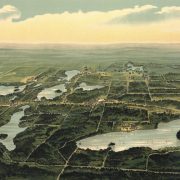



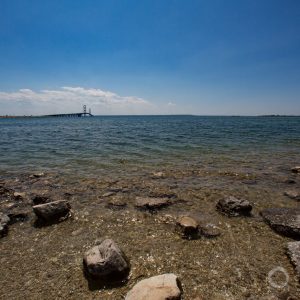
Leave a Reply
Want to join the discussion?Feel free to contribute!